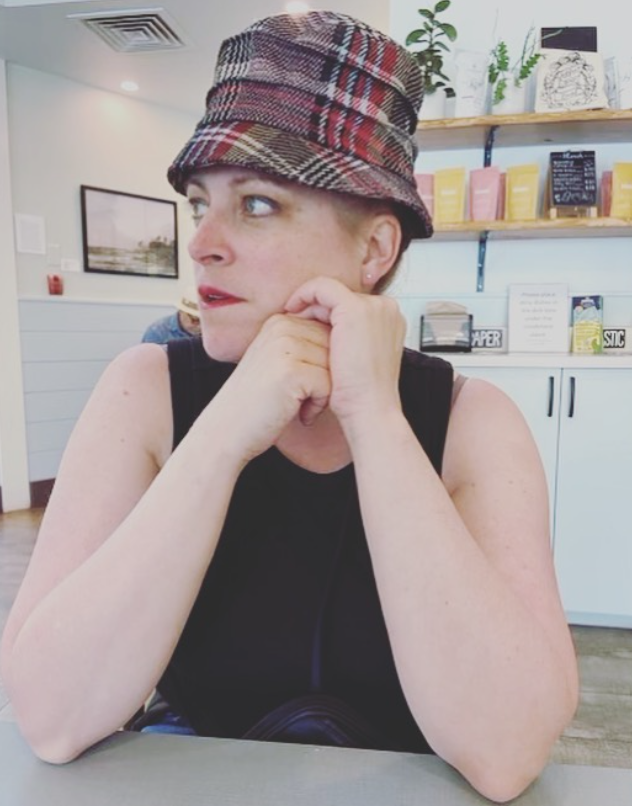Who’s Johnny? This Might Be the Solution to All Reading Problems! Thanks El Debarge!

Please tell me you remember that song. It was from the movie Short Circuit. If not, you are in for a treat!
This video came to mind when I thought about reading only because it reminds me of this famous book, Why Johnny Can’t Read!
What I like about this title, “Why Johnny Can’t Read” is that it focuses on the reader first (Johnny) then the reading process, second.
I believe we need to identify the NOUN – the reader before matching the VERB – reading strategies/instruction.
My first project for the Lead Literacy Society is to come up with the “types” of readers that we see in our classrooms.
Is it possible that if we develop starter profiles for the variety of types of readers, we can then decide on what these readers need?
What I see happening right now is this…one solution fits all. As seen here…imagine the “wrenches” as one approach.
Painful?
Yes!
Right now our one approach, in addition to general classroom reading instruction is Leveled Literacy Intervention. But as I wrote in this article, I don’t think it works for everyone. It can’t, it is but one approach. It is a really decent approach but it needs to be matched with the right readers.
For this conversation, I would like to hear about the different types of struggling readers that you encounter.
(Note in future posts we will discuss the other readers who are reading at level and beyond. They have their own profiles too and they also need specific strategies.)
Here are some of the categories of struggling readers I have discovered.
- Students with Learning Disabilities such as Dyslexia. These students can appear to work to classroom expectations in most other subject areas but struggle with reading. They have average to above average intellectual ability.
- Students with Intellectual Disabilities. These students struggle with most other subjects. At times, they seem to present difficulties with memory, remembering sight words, comprehension and decoding.
- Students who have low exposure to literacy activities at home. These students could be at the targeted reading level but they have not had follow up support at home.
- Students who are inconsistent with their attendance. These students could be at the targeted reading level but have gaps in their learning due to lack of attendance.
- Students who are English Language Learners. Some ELL’s can be expert decoders but lack comprehension.
- Students with Autism. These students struggle to relay their comprehension due to communication deficits.
Some students can be in several of these categories too. For example a student who is ELL with attendance issues.
This post addresses…
Step One: Identify categories of struggling readers.
In future posts we will discuss…
Step Two: Create “starter” reader profiles with the established categories
Step Three: Use classroom teaching experiences and research to come up with strategies for each category.
Step Four: Test these ideas out in our classrooms
Step Five: Come up with A Guide to Supporting Our Struggling Readers: Practical Solutions and Advice from the Lead Literacy Society
So PLEASE comment below or own our Facebook page. I want to hear from you.
Do you have new categories?
Feedback please!
Until Next Time,
Coach Clark


